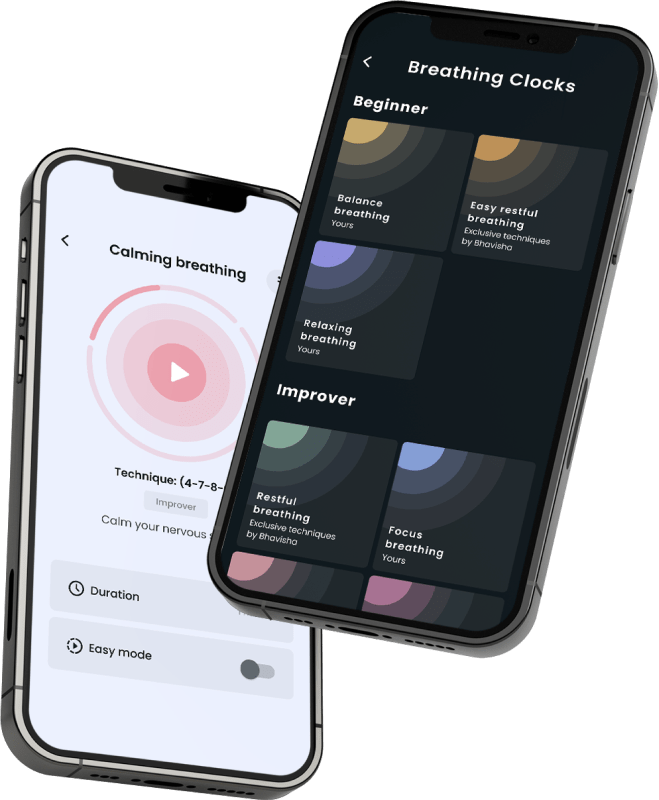How Often Should I Do Yoga?

How often you practice yoga will depend on why you come to yoga in the first place. It may be that yoga is the start of your fitness journey and you are a complete beginner, or maybe you are using yoga to complement your other forms of exercise like strength training or running.
Identify your goal when starting and then determine how often to practice from this. I would like to say that there is no "should" in how often you practice and it is likely that this will constantly change throughout your yoga journey. Yoga is intended as a daily practice, usually with one rest day a week (typical of Ashtanga Yoga). When starting, this can feel a little daunting and, yes, it is physically intense. It is best to start in a way which feels manageable for you to maintain your practice, for example maybe you begin only doing 20 minutes a day and then increase to 30 minutes and then 60 minutes.
If you are reading this post wanting to absorb the benefits of yoga, the simplest way to experience those benefits is through increased practice. The more you practice yoga, the easier it will become and the more your body will adapt to the physical activity. Usually it is good for practitioners to build up to practicing yoga around three times a week - this is a good amount in order to use yoga to stay in shape, manage stress levels and integrate it as part of your personal exercise program.
Define a purpose for practicing yoga
The frequency of practice should depend your personal purpose for starting yoga. Maybe you are looking to increase your energy levels or deal with muscle soreness, or manage your stress levels. Perhaps you are an athlete looking to use yoga to complement your exercise program. Whatever the purpose is, make sure you create a schedule of practicing yoga that serves that need.
How often should I do yoga for anxiety and stress?
- Best type of yoga for this purpose: The best type of yoga for anxiety and stress would be anything with a calm energy such as yin, restorative or Hatha yoga.
- Duration of training session: You might find that a short amount of time like 20 minutes could work, or maybe you need longer like 60 minutes.
- Training frequency: A couple of times a week.
How often should you do yoga to lose weight
- Best type of yoga for this purpose: Dynamic yoga forms such as Ashtanga Yoga or Vinyasa Yoga.
- Duration of training session: 60 - 90 minutes.
- Training frequency: As often as possible.
How often should you do yoga to get flexible
Best type of yoga for this purpose: This depends on your body type and what practice suits that.
Duration of training session: 60 - 90 minutes.
Training frequency: 4 times a week.
How often should you do yoga for muscle strength
Best type of yoga for this purpose: Ashtanga Yoga.
Duration of training session: 90 minutes.
Training frequency: 6 times a week.
How to combine yoga with your other training routines
Yoga can be an intense physical activity. As it contains some postures which are repeated and consistently worked on, it is important that it is balanced with other forms of exercise in order to avoid repetitive strain injuries. Try adding two to three yoga sessions in a week around the other physical activities that you do. Ensure that you schedule days to take rest and allow your body to recover from the physical activity.
How often should runners do yoga
I recommend that runners do a short yoga session after every run. This will avoid muscle soreness and help maintain flexibility in the hips and hamstrings. As running is such an intense physical activity, it should be combined with a practice like yoga which can help strengthen and lengthen the muscles.
How to combine yoga and weight lifting
Yoga can be combined with weight training on rest days. Doing a gentle yoga session will help to prevent the muscle soreness occurred from lifting weights, as well as giving the mind a break from this regular intense activity of weight lifting.
What should I focus on if yoga is my only workout?
If yoga is your only workout, you should think about the frequency of how often you practice. You should look at what yoga might offer your body and what you can achieve through a yoga session. You should ensure that your practice offers you a good balance between strength, stamina and flexibility. That it gives you enough challenge but also allows you a space to breathe and relax.
How much yoga is too much?
Never having a rest is too much yoga! Rest is necessary both mentally and physically.
FAQ
Do I need rest days from yoga?
Yes - different for each person but at least 1 day a week.
How often should beginners practice yoga?
Begin with one yoga session a week and then this can gradually increase over time.
How often should you do yoga during pregnancy?
If you are new to yoga - once a week in a led class. If you already practice yoga you know your body well enough to determine how often you practice.
How often should seniors do yoga?
For seniors, the more they can move the better - a little but of yoga each day is ideal for keeping active, remaining healthy and keeping stress levels at bay.

